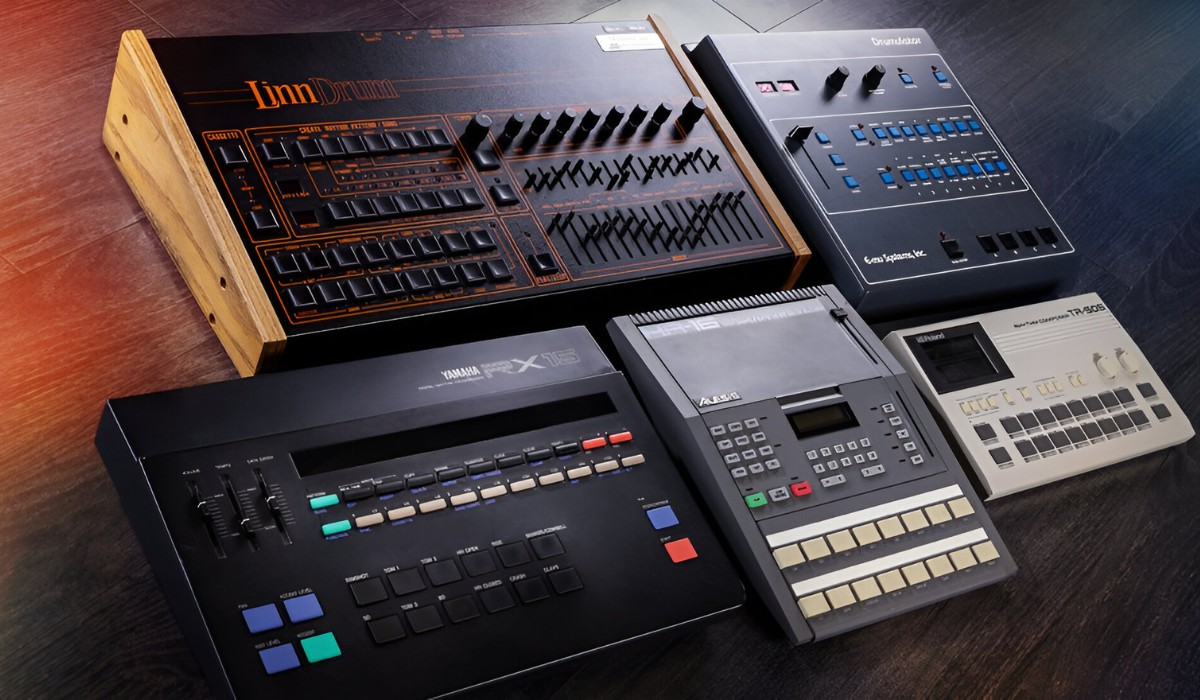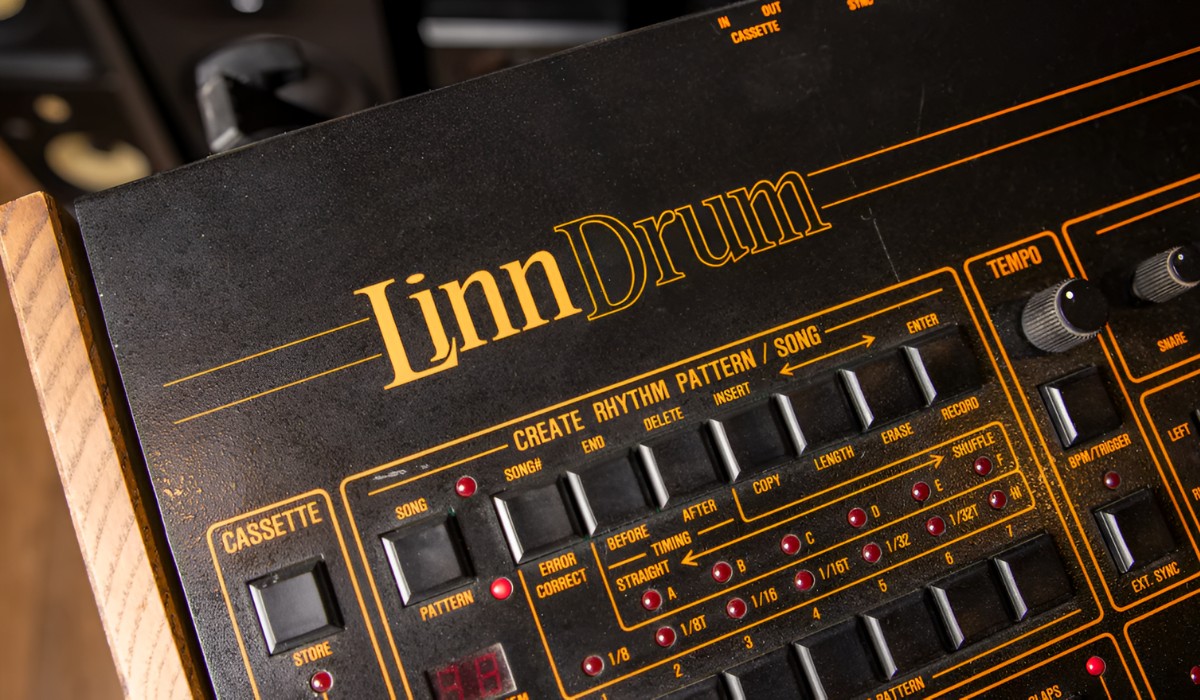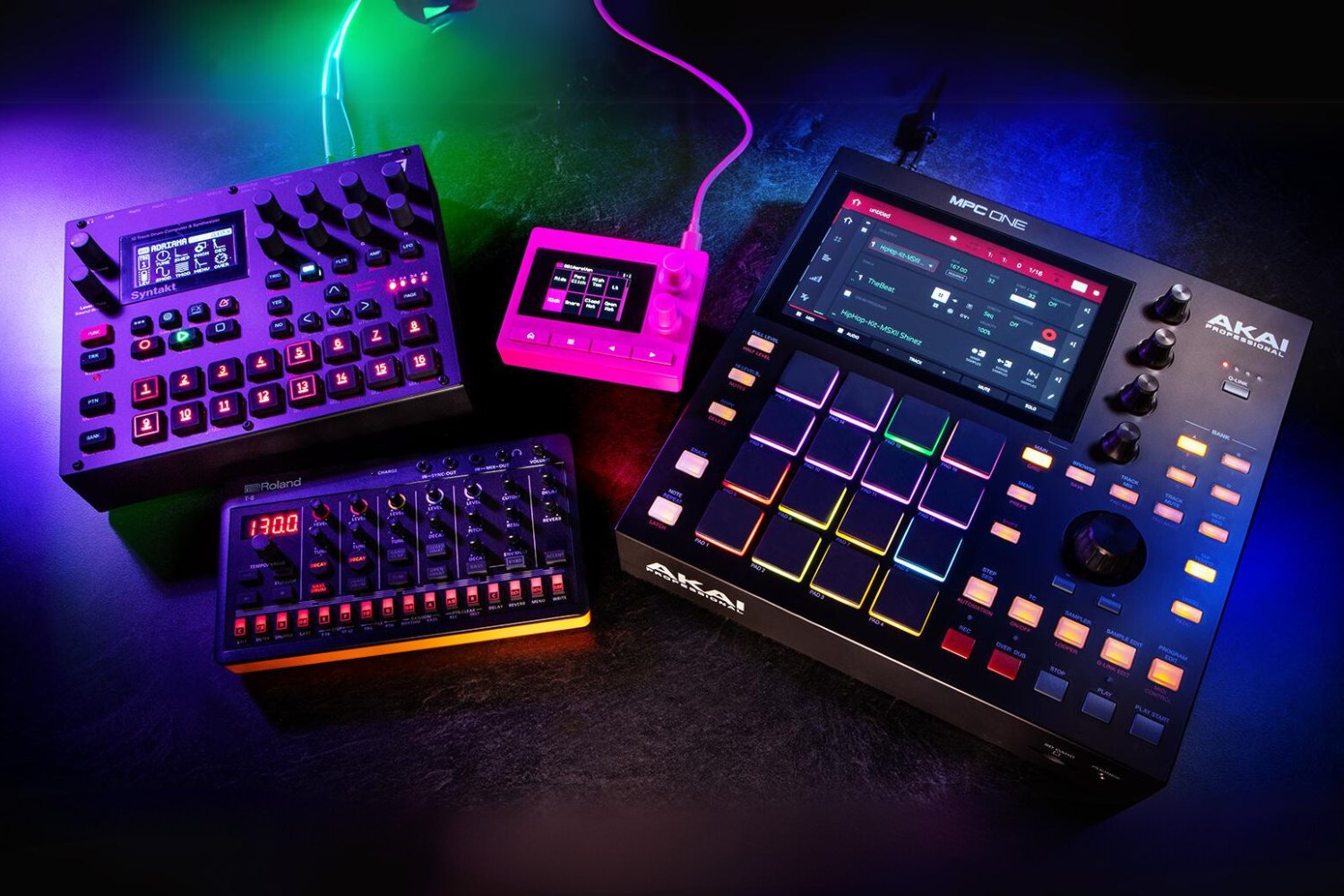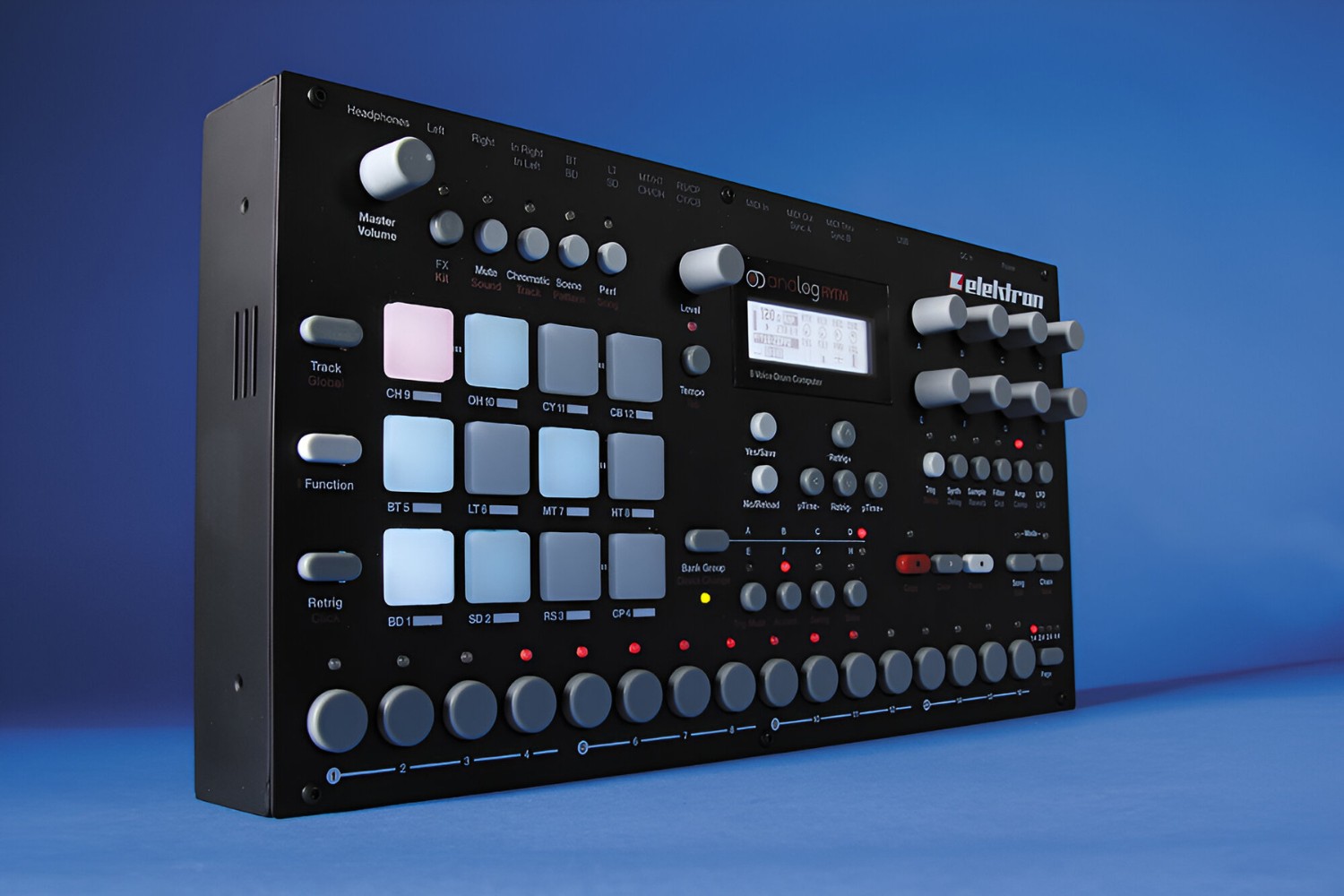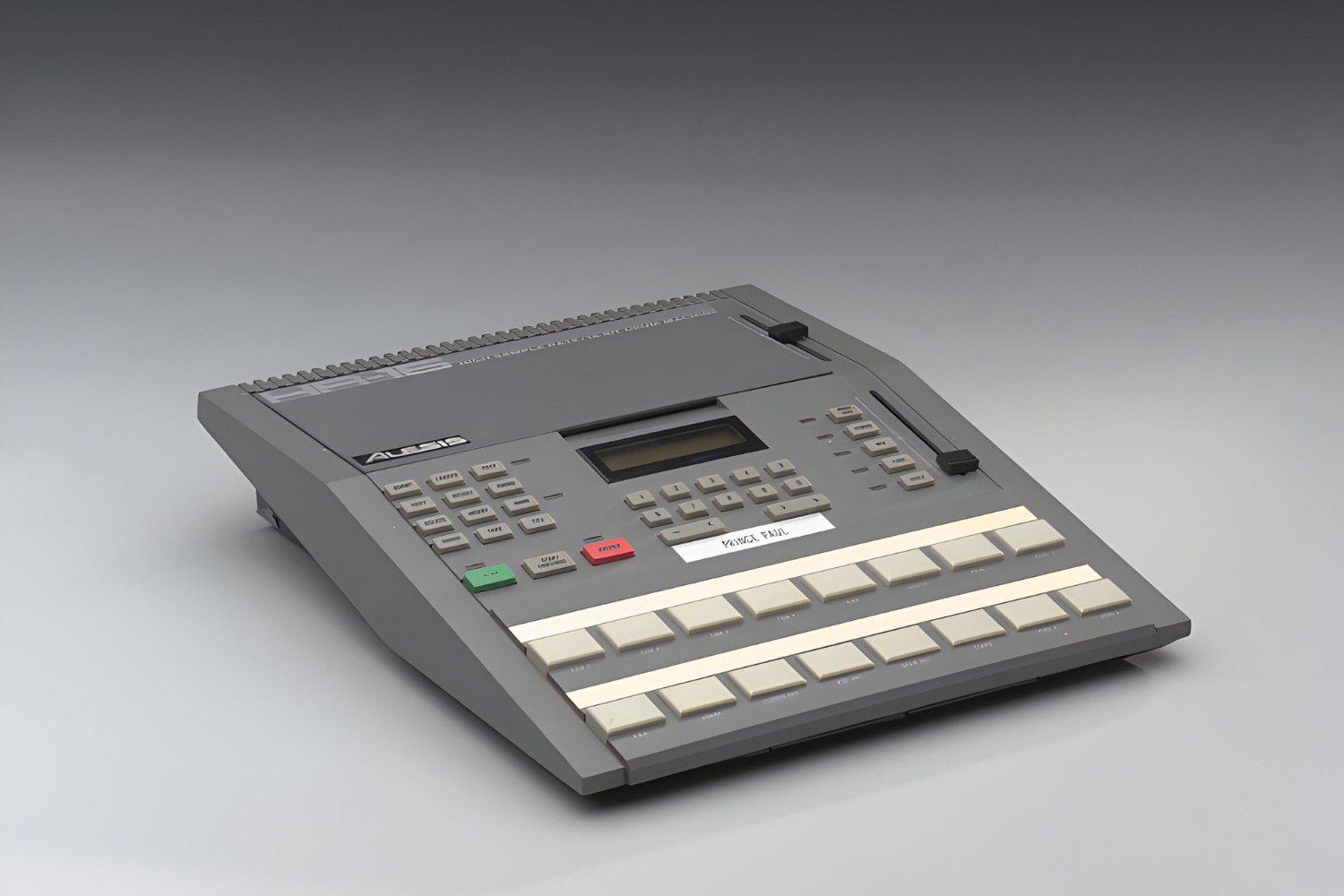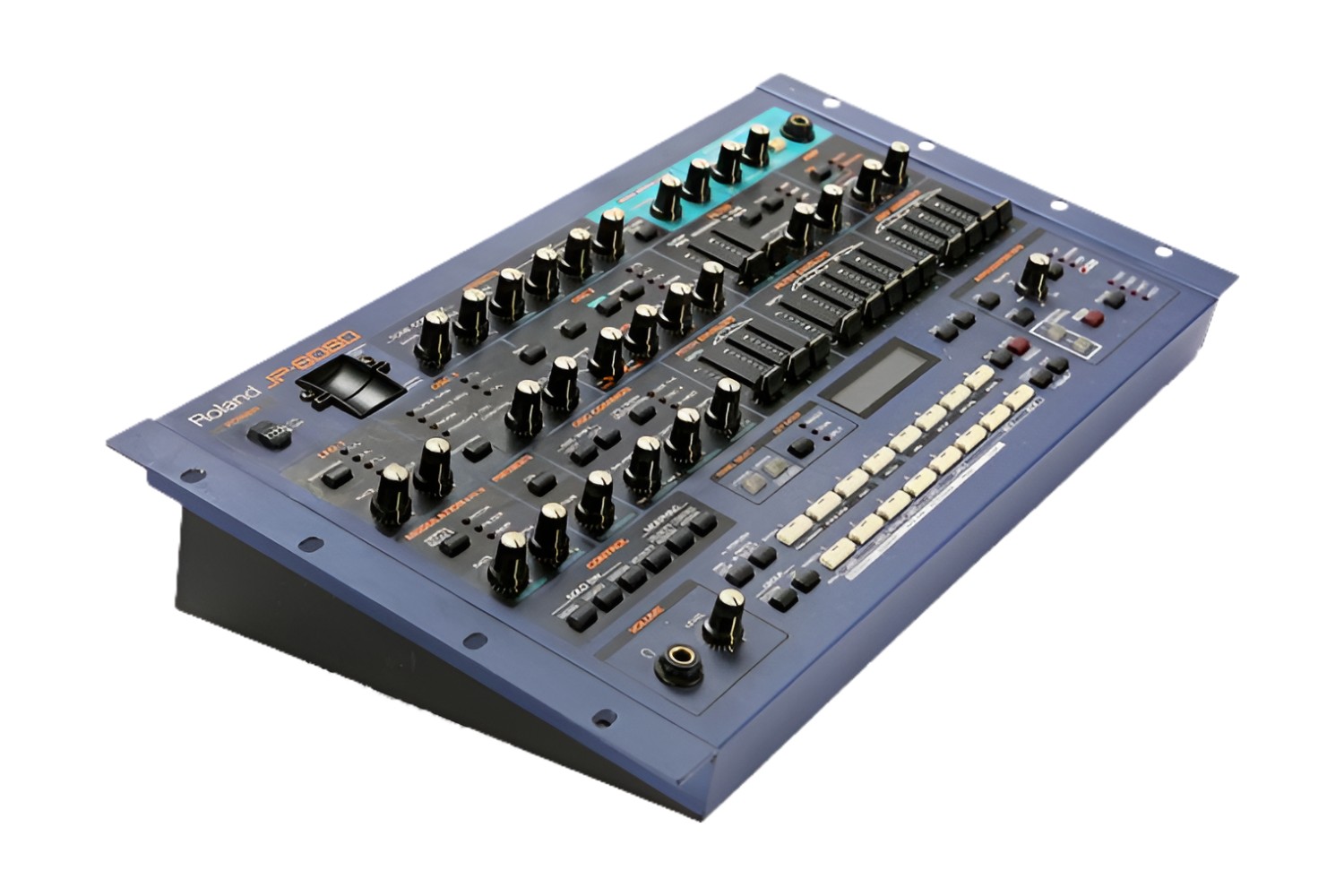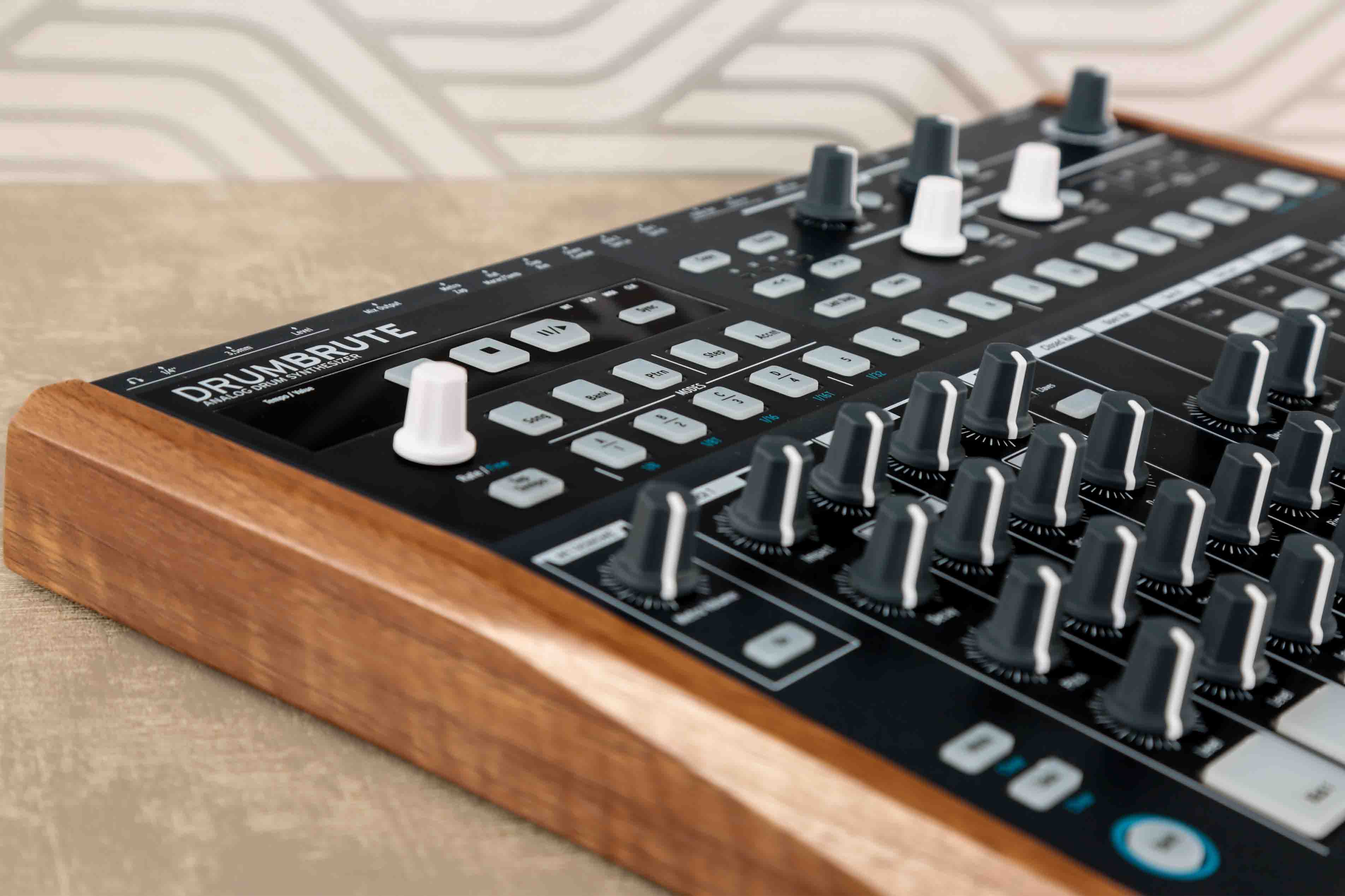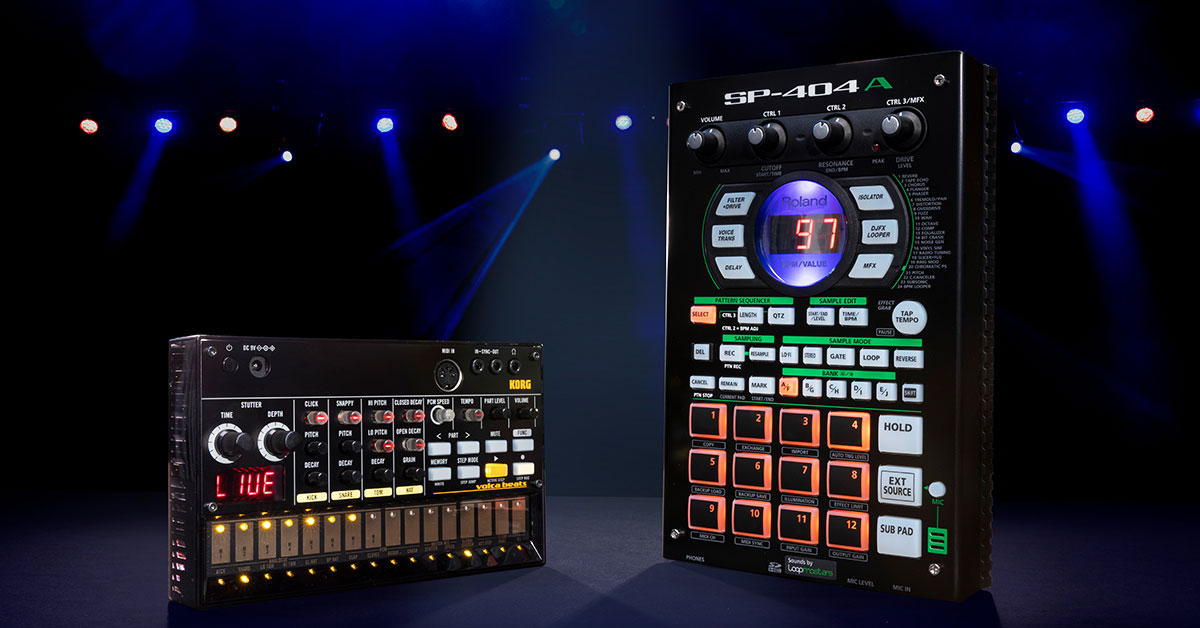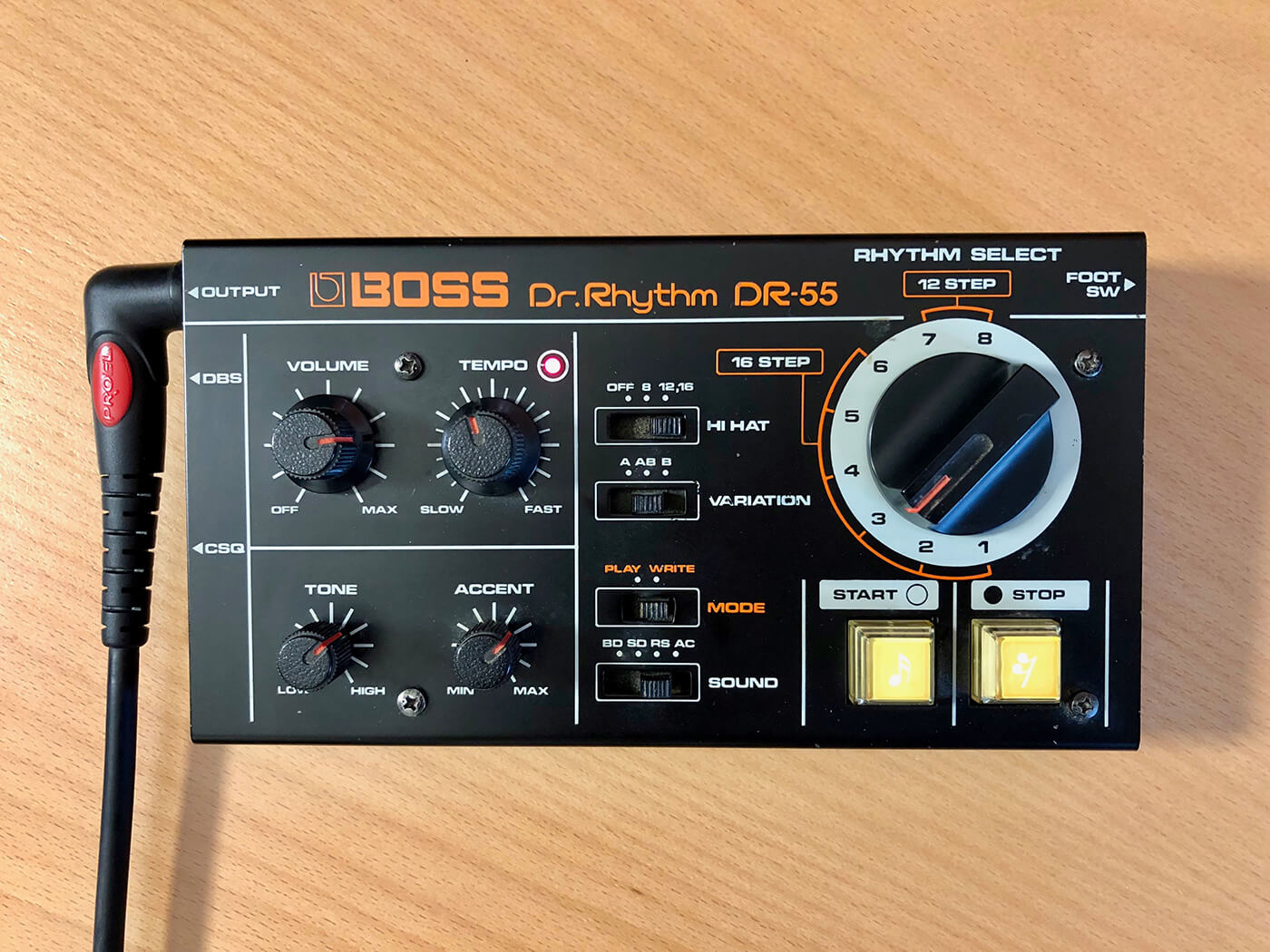Introduction
Introduction
Drum machines have revolutionized the music industry, offering a versatile and innovative approach to creating rhythmic patterns and beats. These electronic devices have become an integral part of modern music production, enabling artists to experiment with diverse sounds and styles. In this article, we will explore the impact of drum machines on various music genres and shed light on the role of drum machine artists in shaping contemporary music.
The evolution of drum machines has significantly influenced the way music is composed and performed. From their humble beginnings as basic rhythm generators to their current sophisticated digital interfaces, drum machines have continuously pushed the boundaries of musical creativity. As technology advances, these devices have become indispensable tools for musicians across different genres, contributing to the development of unique sonic landscapes and rhythmic structures.
Throughout this article, we will delve into the history of drum machines in music, examining their pivotal role in shaping the soundscapes of diverse musical genres. Furthermore, we will analyze the characteristics of drum machine artists and highlight the distinctive traits that set them apart within the music industry. By exploring the contributions of prominent drum machine artists in various genres, we aim to showcase the versatility and impact of these electronic instruments on contemporary music production.
Join us on this captivating journey as we unravel the multifaceted world of drum machines and celebrate the ingenuity of the artists who harness their power to create groundbreaking music.
History of Drum Machines in Music
The history of drum machines in music is a testament to the ever-evolving relationship between technology and artistic expression. Dating back to the early 20th century, the concept of rhythm-generating devices began to take shape, offering musicians a new means of crafting percussive elements for their compositions. The initial iterations of drum machines, such as the Rhythmicon developed by Leon Theremin and Henry Cowell in the 1930s, laid the groundwork for the innovative tools that would emerge in the decades to come.
It wasn’t until the 1960s and 1970s that drum machines gained widespread recognition and adoption within the music industry. Pioneering models like the Wurlitzer Sideman and the Roland CR-78 introduced musicians to the possibilities of programmable rhythm patterns, revolutionizing the creative process for artists across various genres. As electronic music genres, including disco and funk, began to flourish, drum machines played a pivotal role in shaping the infectious grooves and danceable rhythms that defined the era.
Throughout the 1980s, advancements in digital technology propelled drum machines into the forefront of music production. The emergence of iconic models like the Roland TR-808 and TR-909 not only influenced the sound of electronic music but also left an indelible mark on hip-hop, pop, and dance music. These drum machines, characterized by their distinct analog sound and intuitive sequencing capabilities, became emblematic of an entire era in music history.
Fast forward to the present day, and drum machines continue to evolve, incorporating cutting-edge features and unprecedented levels of versatility. Modern iterations, such as the Elektron Digitakt and the Native Instruments Maschine, empower artists to explore intricate rhythmic textures and experiment with genre-defying sonic landscapes. The history of drum machines in music reflects a narrative of innovation, creativity, and the enduring impact of these electronic instruments on the fabric of musical expression.
The Role of Drum Machines in Different Genres
Drum machines have played a transformative role in shaping the sonic identities of diverse music genres, contributing to the evolution of rhythmic patterns and the overall soundscapes within each musical style. From the pulsating rhythms of electronic dance music to the intricate polyrhythms found in experimental genres, the influence of drum machines is pervasive and far-reaching.
In electronic dance music, drum machines serve as the backbone of rhythmic compositions, providing producers with a vast array of percussive sounds and patterns to construct infectious beats that drive audiences to the dance floor. Genres such as techno, house, and trance owe much of their distinctive sound to the relentless grooves and hypnotic cadences generated by drum machines, which have become synonymous with the genre’s sonic aesthetic.
Furthermore, in hip-hop and rap music, the utilization of drum machines has been instrumental in shaping the genre’s rhythmic foundation. The iconic sounds of the Roland TR-808 and TR-909 have become synonymous with the genre, defining the booming kicks, crisp snares, and syncopated hi-hats that underpin the rhythmic cadence of countless hip-hop classics. The influence of drum machines in hip-hop extends beyond mere percussion, as these devices have been integral in shaping the genre’s production techniques and sonic palette.
Experimental and avant-garde music genres have also embraced the innovative possibilities offered by drum machines, utilizing these electronic instruments to create intricate, otherworldly rhythms that push the boundaries of conventional musical structures. From unconventional time signatures to unconventional sound manipulation, drum machines have empowered artists in these genres to explore uncharted sonic territories, resulting in compositions that challenge traditional notions of rhythm and tempo.
Across rock, pop, and indie music, the integration of drum machines has expanded the sonic horizons of these genres, allowing artists to infuse their compositions with electronic textures and rhythmic nuances that complement traditional acoustic drumming. Whether used as a subtle embellishment or as the driving force behind a song’s rhythm, drum machines have become an indispensable tool for musicians seeking to expand their sonic palettes and experiment with new musical dimensions.
From the pulsating beats of electronic dance music to the genre-defying experimentation of avant-garde compositions, drum machines continue to exert a profound influence on the evolution of musical genres, shaping the rhythmic landscapes of contemporary music in multifaceted ways.
Characteristics of Drum Machine Artists
Drum machine artists possess a distinctive set of characteristics that distinguish them within the realm of music production and performance. These individuals harness the creative potential of drum machines to craft innovative rhythmic arrangements and push the boundaries of sonic experimentation. Their unique approach to composition and performance sets them apart as trailblazers in the music industry, showcasing the following defining traits:
- Visionary Rhythmic Pioneers: Drum machine artists are revered for their visionary approach to rhythm, leveraging the capabilities of these electronic instruments to pioneer new rhythmic frontiers. Their ability to conceive and execute complex rhythmic patterns demonstrates a keen understanding of musical structure and an unwavering commitment to pushing the boundaries of conventional rhythm.
- Boundary-Pushing Sonic Explorers: These artists exhibit a penchant for sonic exploration, using drum machines as vehicles for sonic experimentation and sound manipulation. By delving into the sonic possibilities offered by these electronic devices, they challenge traditional notions of rhythm and percussion, creating compositions that defy categorization and expand the sonic landscape of contemporary music.
- Technical Proficiency and Innovation: Drum machine artists showcase exceptional technical proficiency in programming and manipulating drum machine sequences. Their innovative use of sampling, sequencing, and sound design techniques demonstrates a mastery of the technical aspects of music production, allowing them to craft intricate and compelling rhythmic compositions.
- Musical Versatility and Adaptability: These artists exhibit a remarkable degree of musical versatility, seamlessly integrating drum machines into a wide array of genres and musical contexts. Whether producing electronic dance music, hip-hop, experimental, or mainstream pop, they demonstrate a remarkable adaptability and an innate understanding of how to tailor rhythmic elements to suit diverse musical styles.
- Live Performance Ingenuity: Drum machine artists showcase ingenuity in their live performances, seamlessly integrating drum machines into their onstage setups and captivating audiences with dynamic and expressive rhythmic performances. Their ability to translate intricate electronic rhythms into compelling live experiences underscores their prowess as both studio producers and captivating performers.
Overall, the characteristics of drum machine artists reflect a commitment to innovation, sonic exploration, and technical mastery, positioning them as influential figures in the ever-evolving landscape of contemporary music production and performance.
Popular Drum Machine Artists in Different Genres
Drum machine artists have left an indelible mark on the music industry, shaping the sonic landscapes of various genres and garnering widespread acclaim for their innovative contributions. Across electronic dance music, hip-hop, experimental, and alternative genres, these artists have demonstrated exceptional prowess in harnessing the creative potential of drum machines, earning recognition as influential figures within their respective musical domains.
Electronic Dance Music (EDM)
In the realm of electronic dance music, drum machine artists such as Richie Hawtin, known for his alias Plastikman, have redefined the boundaries of rhythmic expression. Hawtin’s adept use of drum machines, particularly the Roland TR-909, has cemented his status as a pioneering figure in the techno and minimal techno genres, shaping the pulsating rhythms and hypnotic cadences that define his distinctive sonic palette.
Hip-Hop and Rap
Iconic figures in hip-hop and rap, such as J Dilla, have elevated the role of drum machines in the genre, imprinting their signature styles on the rhythmic fabric of hip-hop music. J Dilla’s masterful manipulation of the MPC drum machine has set a benchmark for rhythmic innovation, with his intricate, soulful beats serving as a testament to the expressive potential of drum machines within the context of hip-hop production.
Experimental and Avant-Garde
Within the realm of experimental and avant-garde music, artists like Autechre have carved out a distinct sonic identity through their pioneering use of drum machines. Autechre’s intricate, algorithmic approach to rhythm, realized through the utilization of drum machines and complex sequencing techniques, has positioned them as vanguards of sonic experimentation, pushing the boundaries of conventional rhythmic structures.
Alternative and Indie Music
Drum machine artists have also made significant contributions to alternative and indie music genres. Bands such as The xx have seamlessly integrated drum machines into their ethereal, atmospheric soundscapes, leveraging these electronic devices to infuse their compositions with evocative, pulsating rhythms that underpin their introspective and emotive musical narratives.
These are just a few examples of the influential drum machine artists who have shaped the sonic landscapes of their respective genres, demonstrating the diverse and impactful role of drum machines in contemporary music production and performance.
Conclusion
As we conclude our exploration of drum machines and their impact on contemporary music, it becomes evident that these electronic instruments have transcended their status as mere tools of rhythm generation, evolving into catalysts for sonic innovation and artistic expression across a multitude of genres. From the pulsating beats of electronic dance music to the soulful cadences of hip-hop and the avant-garde experimentation of alternative music, drum machines have left an indelible mark on the rhythmic landscapes of modern music.
Furthermore, the characteristics of drum machine artists, characterized by visionary rhythmic pioneering, boundary-pushing sonic exploration, technical proficiency, musical versatility, and live performance ingenuity, underscore the profound influence of these artists on the evolution of contemporary music production and performance.
It is essential to acknowledge the pivotal role of drum machine artists in shaping the sonic identities of various genres, as exemplified by influential figures such as Richie Hawtin in electronic dance music, J Dilla in hip-hop and rap, Autechre in experimental and avant-garde genres, and The xx in alternative and indie music. These artists have demonstrated exceptional prowess in harnessing the creative potential of drum machines, showcasing the versatility and impact of these electronic instruments on the fabric of contemporary music.
As technology continues to advance and musical boundaries are continually redefined, drum machines and the artists who wield them stand as beacons of innovation and creativity, pushing the sonic envelope and inspiring new generations of musicians to explore the rhythmic frontiers of music. The legacy of drum machines in music is one of perpetual reinvention, where the marriage of technology and artistry continues to yield groundbreaking sonic landscapes and redefine the possibilities of rhythmic expression.
In essence, the journey of drum machines and the artists who champion them is an ongoing narrative of ingenuity, experimentation, and artistic evolution, shaping the ever-expanding tapestry of contemporary music with their visionary rhythmic explorations.







